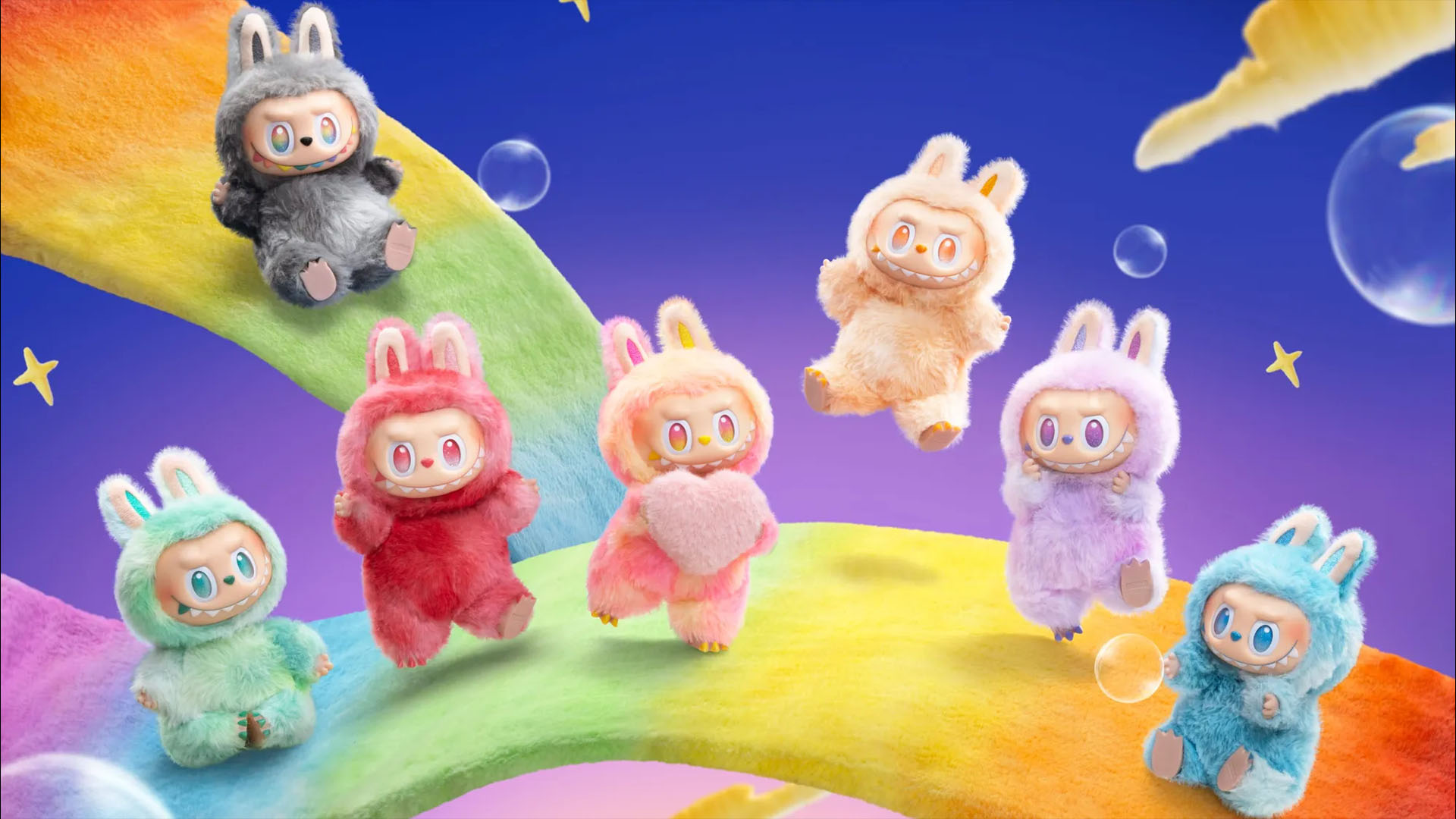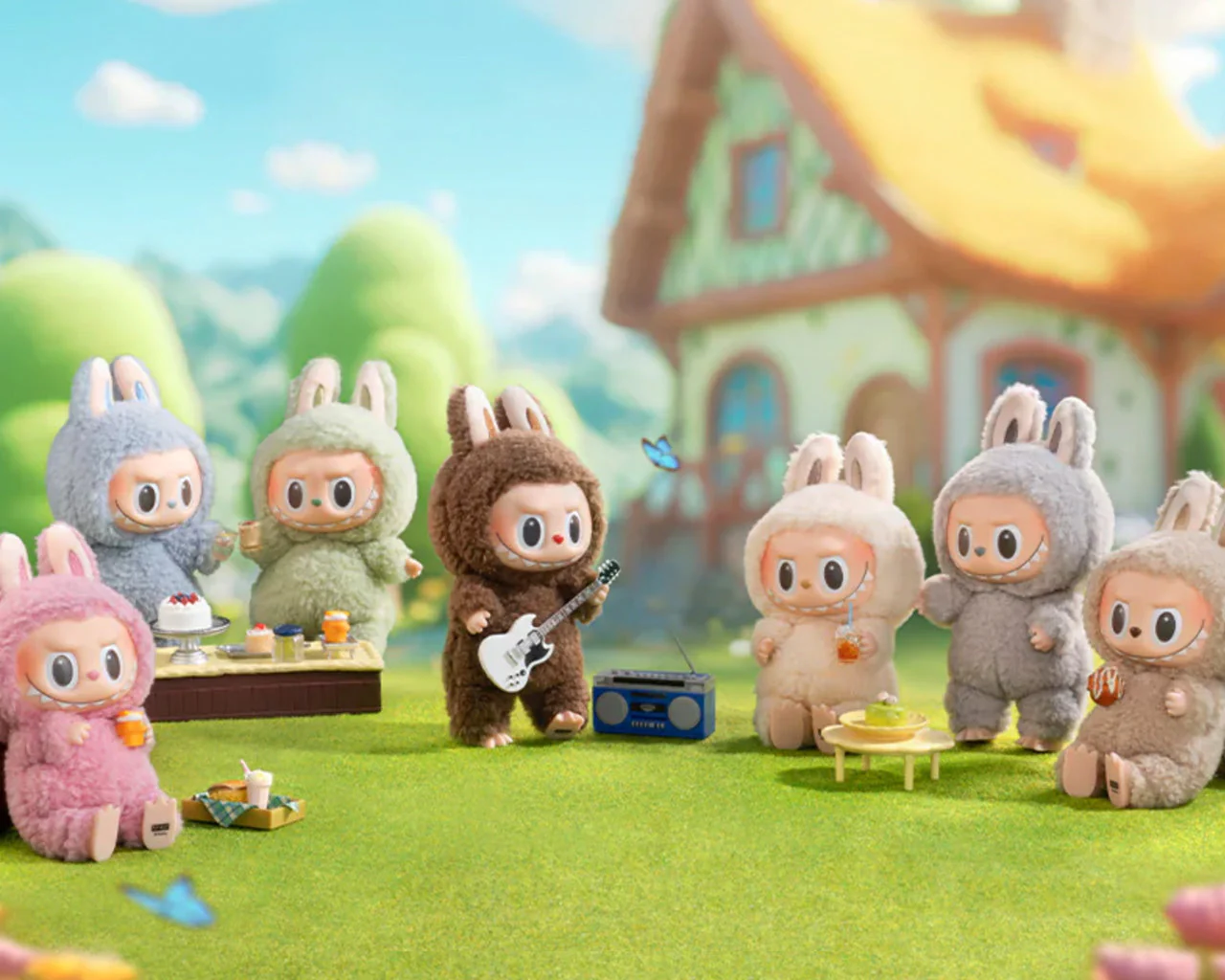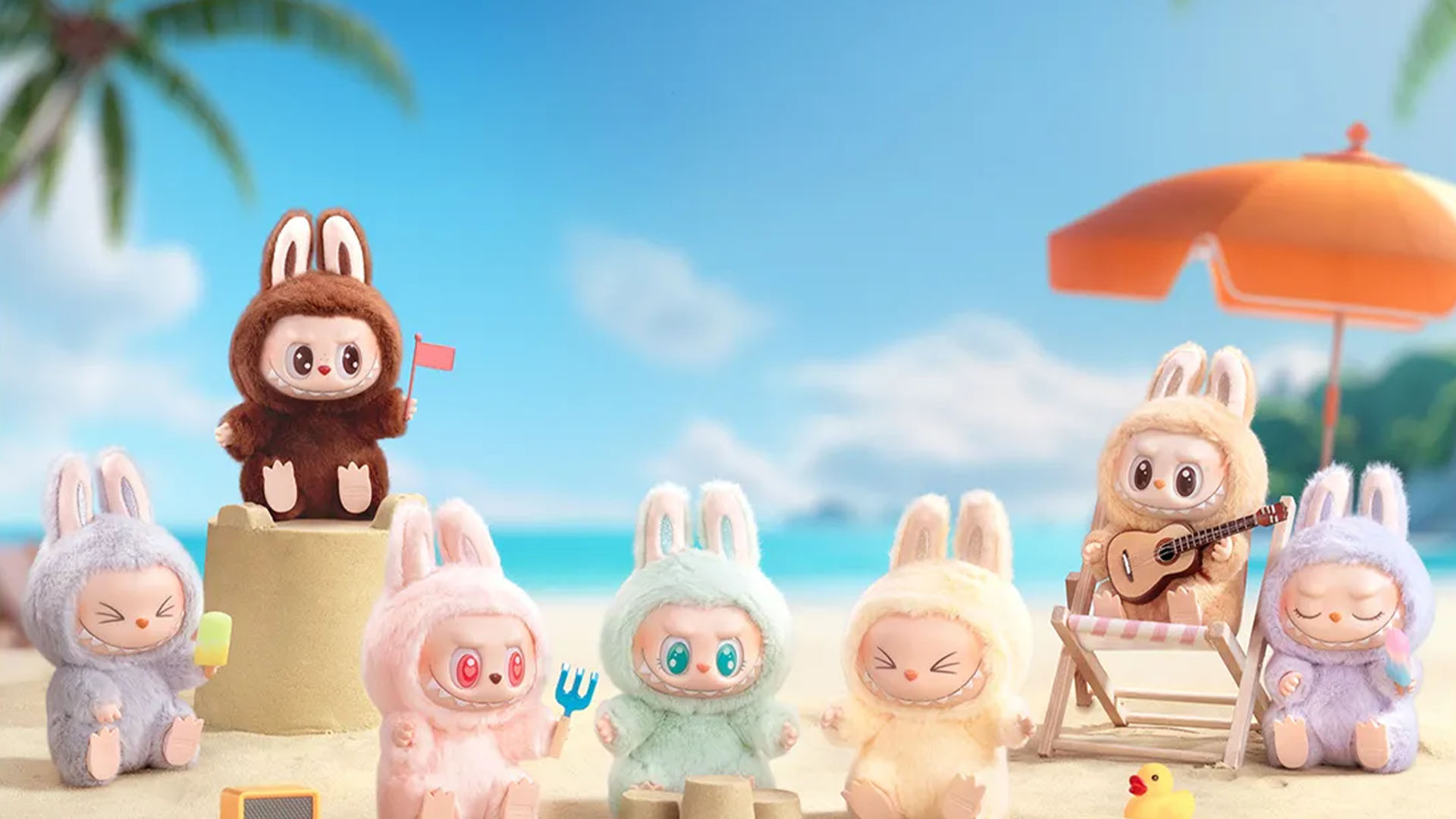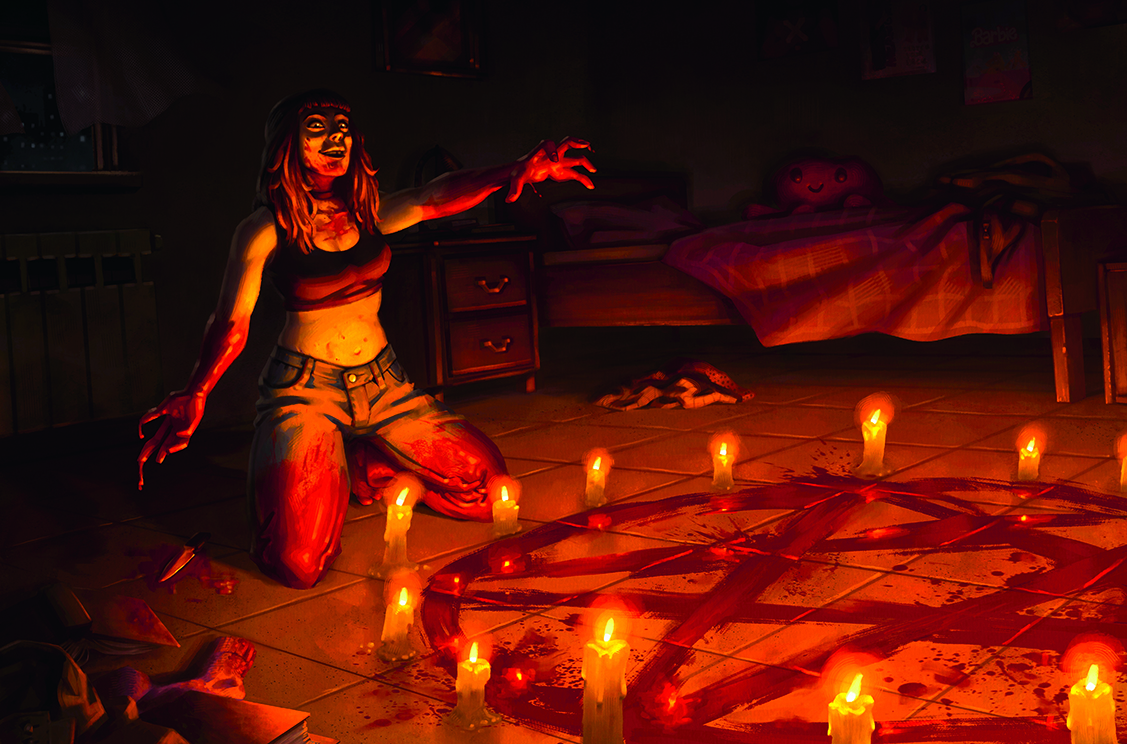The viral Labubu craze is everything that's wrong with TikTok

I have a confession – I'm not immune to the beguiling temptress that is TikTok and all its brain rot goodness. But amidst the constant stream of viral memes, insufferable influencers, and TikTok trends is something much worse – the shameless flogging of stuff. From sticky bras to Stanley cups, there's always some must-have product taking over my FYP, but the latest internet obsession is perhaps the most perplexing yet. Enter the humble Labubu.
A highly coveted collection of plush toy monsters, Labubu's have taken over social media platforms, becoming one of the most sought-after accessories among Gen Alphas and Zers. While admittedly I've dabbled in the joys of collectable tat in my time, the great Labubu invasion of 2025 presents an interesting insight into the power product design, TikTok marketing, and our yearning for cult consumerist crap.

Labubus were first sported by celebrities such as Dua Lipa and Rihanna, before quickly spreading to TikTok, where influencer 'unboxing' videos started going viral. As more content creators hopped on the trend, more viewers began to buy up the boxes, creating a trickle-down effect that saw an uptick in sales. Of course, more buyers meant less stock, leading to a scarcity-powered buying hysteria among teens-to-twenty-something's.
Sold by Chinese retailer Pop Mart, Labubu's are manufactured for consumption, available in 'blind boxes' that encourage buyers to gamble for their favourite design (they're even sold in bulk crates of 6 for a cool £105). Tailor-made for a quick fix dopamine hit, dabbling in Labubu's is essentially soft gambling – a fleeting affair that leads to a cycle of consumption.
In many ways, Labubu fever is the perfect storm of TikTok influencer pied-pipering and precision marketing. The product's sales model is already poised for mass consumption, and with a push from TikTok's hungry algorithm, it was destined to succeed. While the craze is undoubtedly a testament to the value of TikTok as a marketing tool, there's another factor to Labubu's popularity that shouldn't be overlooked – emotion.
As 90s kids had their Beanie Babies, today's generation has latched on to the Labubu with an unbridled desire for companionship. As our lives increasingly move online, there's a comfort and nostalgia to be found in the tactile nature of the humble Labubu. Their creepy-cute character design makes them a fashion statement, pocket pet and status symbol all in one, building a cult following that has transcended fleeting virality.

For more design inspiration, take a look at our guide on how to create a standout brand in 2025. If you're after more creative insight, take a look at why brands are getting it wrong when trying to connect with Gen Z.
Daily design news, reviews, how-tos and more, as picked by the editors.

Have you created a standout logo or branding? Enter the Brand Impact Awards.

Natalie Fear is Creative Bloq's staff writer. With an eye for trending topics and a passion for internet culture, she brings you the latest in art and design news. Natalie also runs Creative Bloq’s Day in the Life series, spotlighting diverse talent across the creative industries. Outside of work, she loves all things literature and music (although she’s partial to a spot of TikTok brain rot).
You must confirm your public display name before commenting
Please logout and then login again, you will then be prompted to enter your display name.
